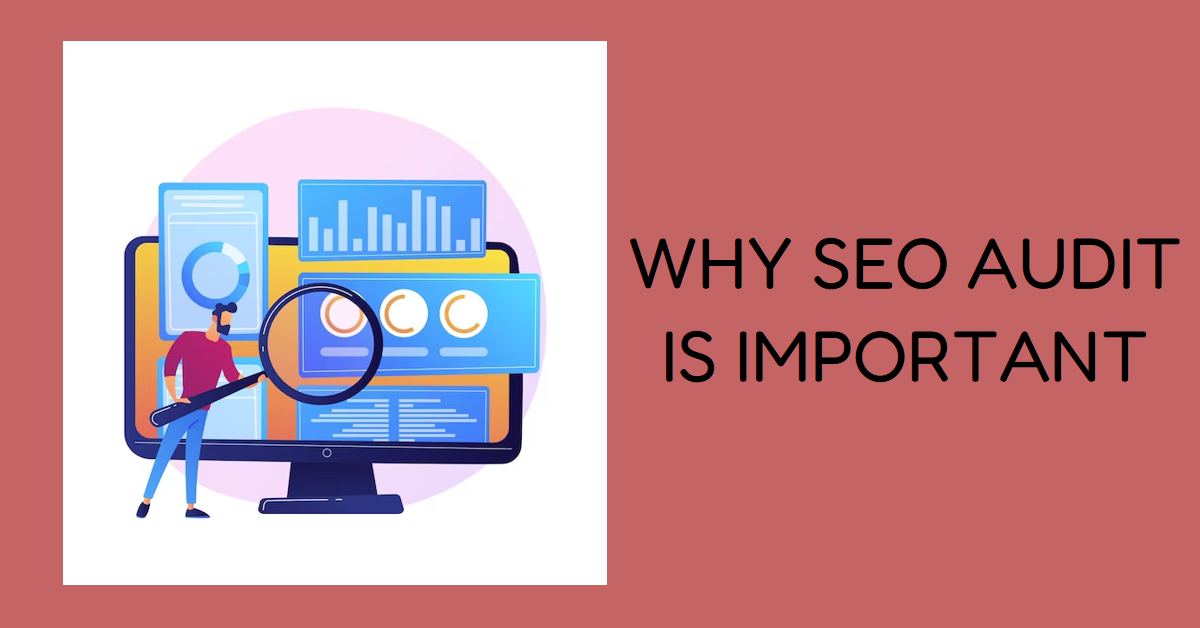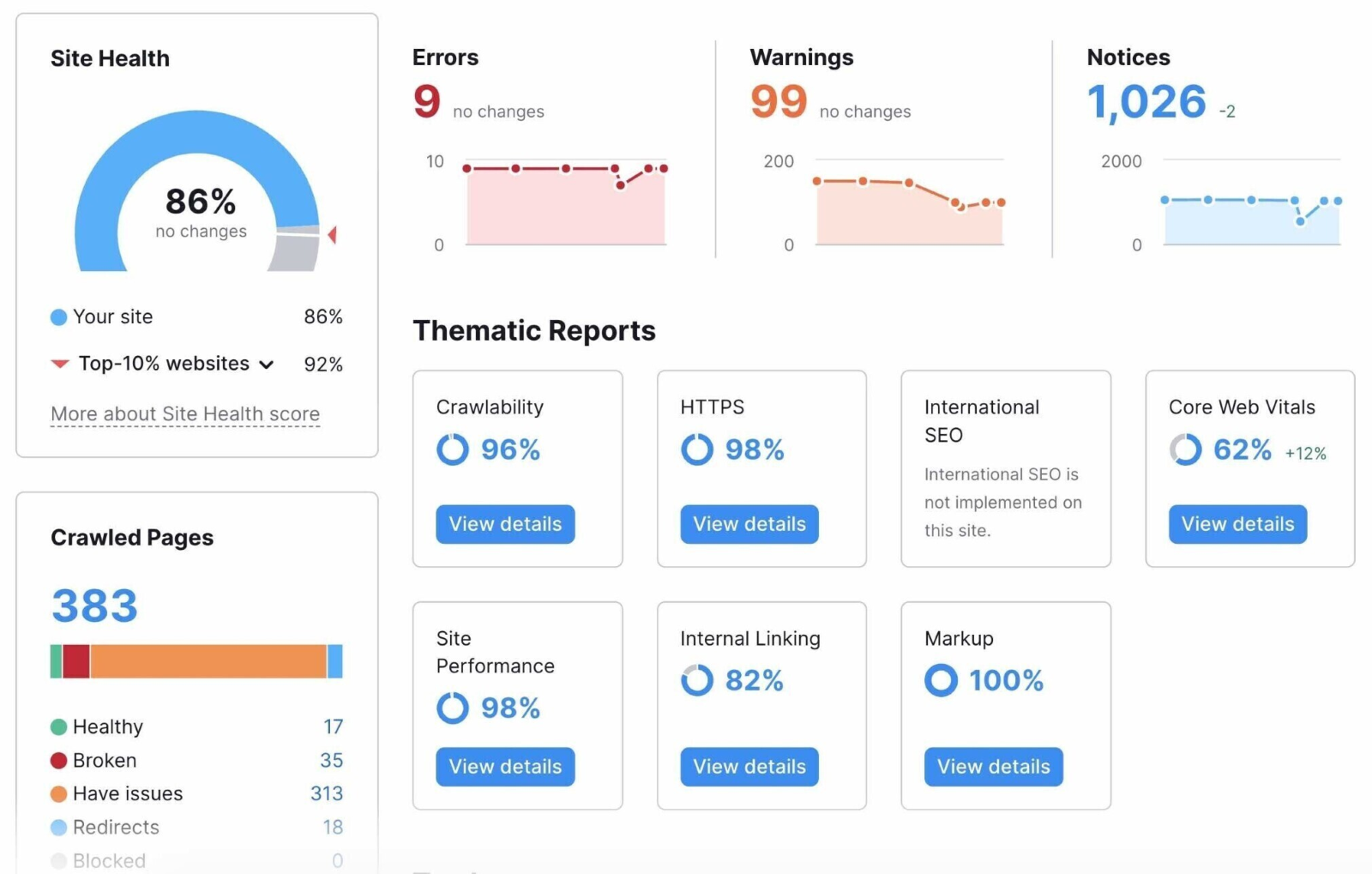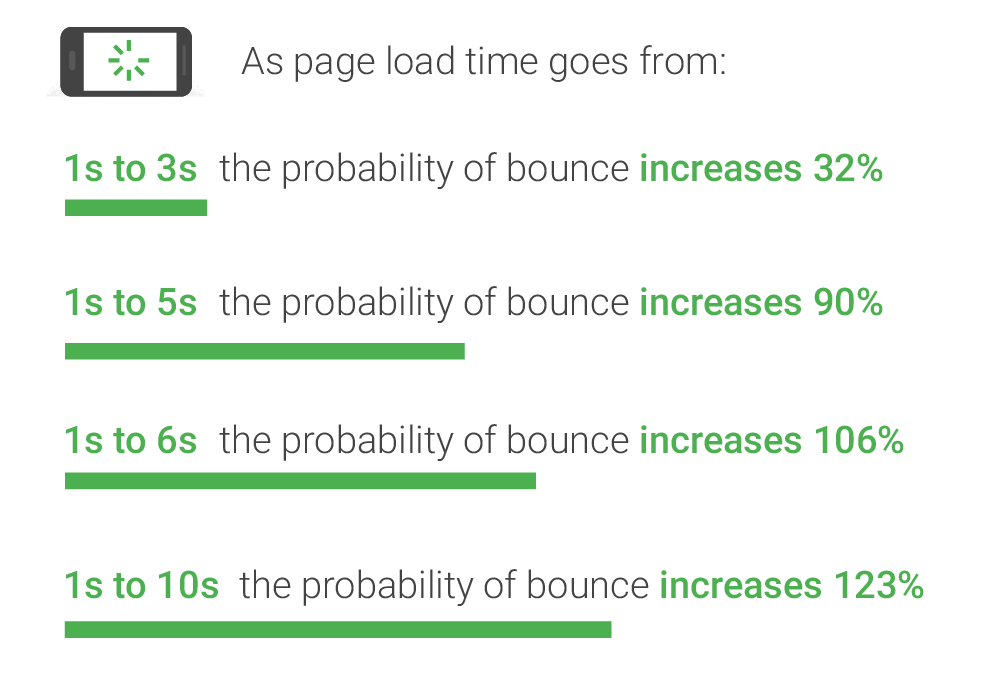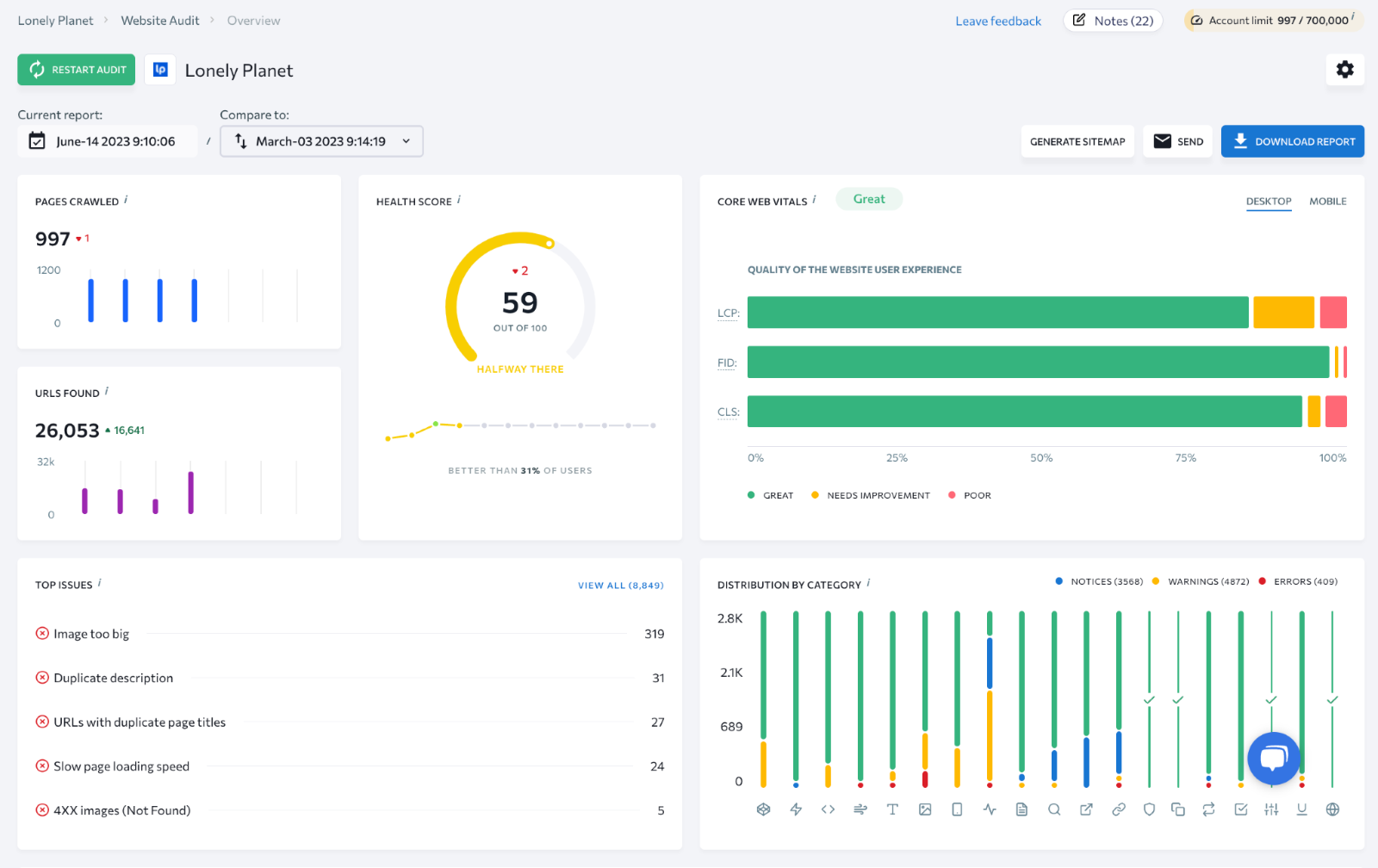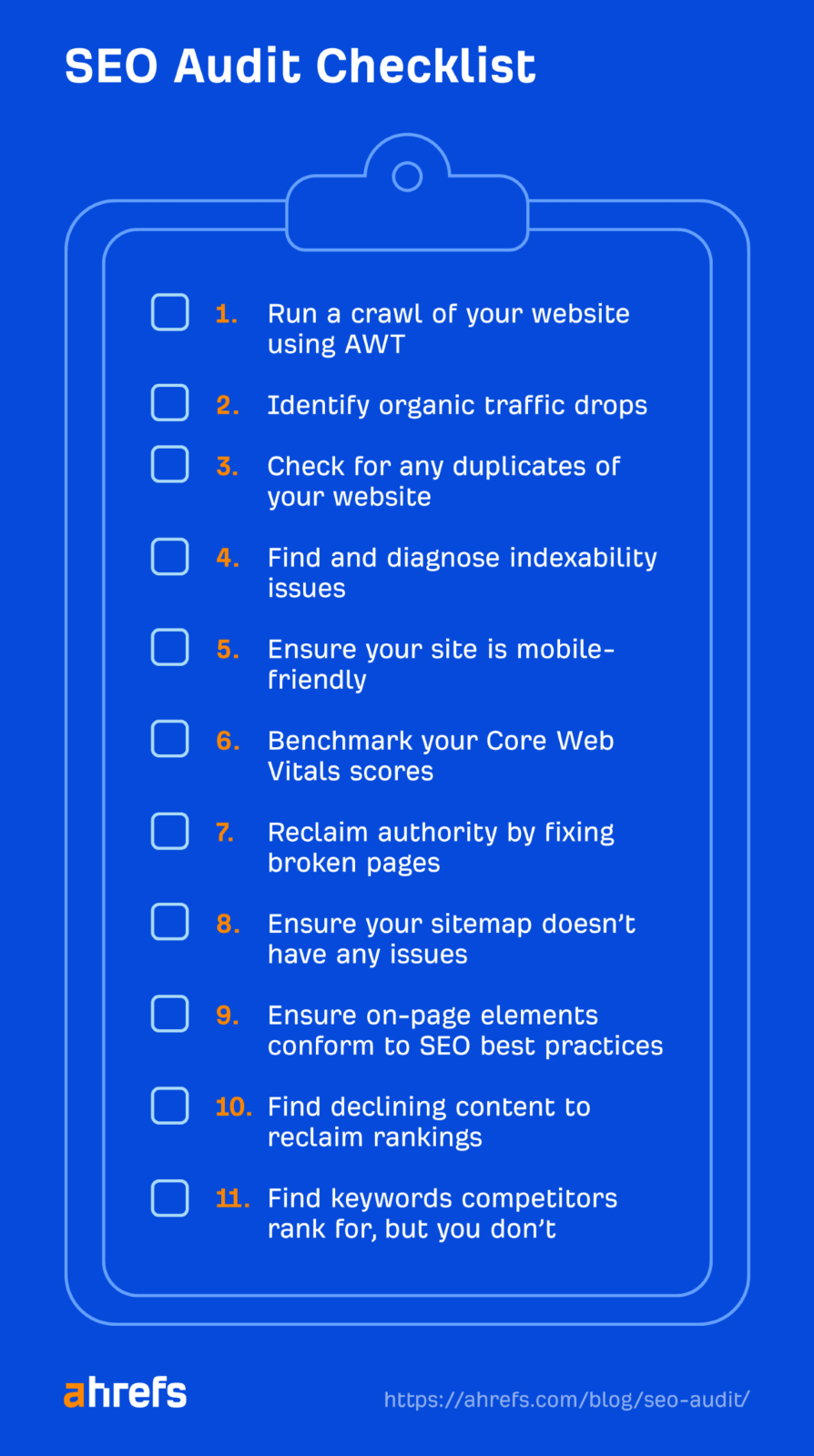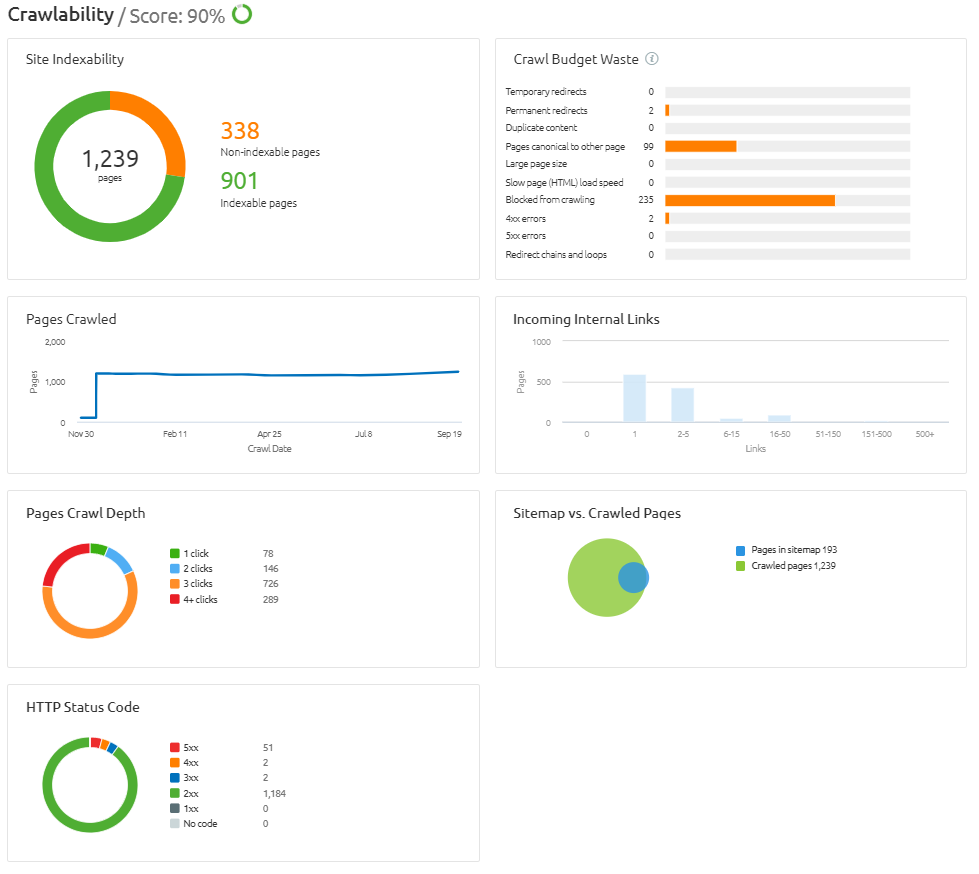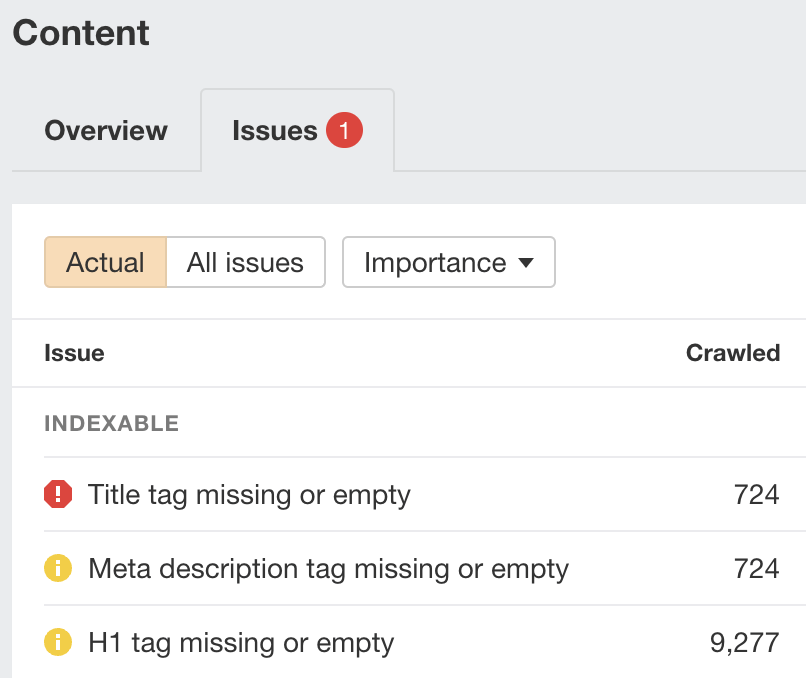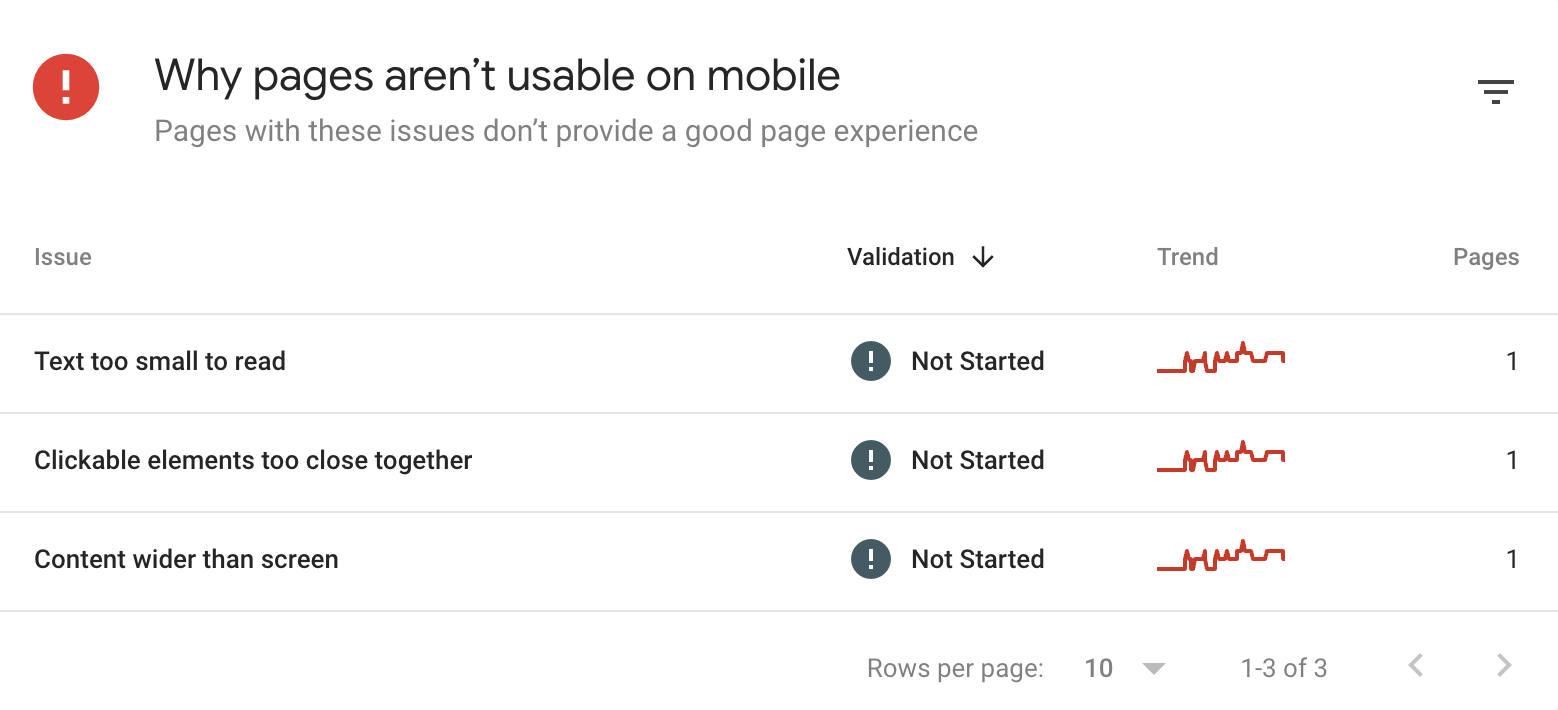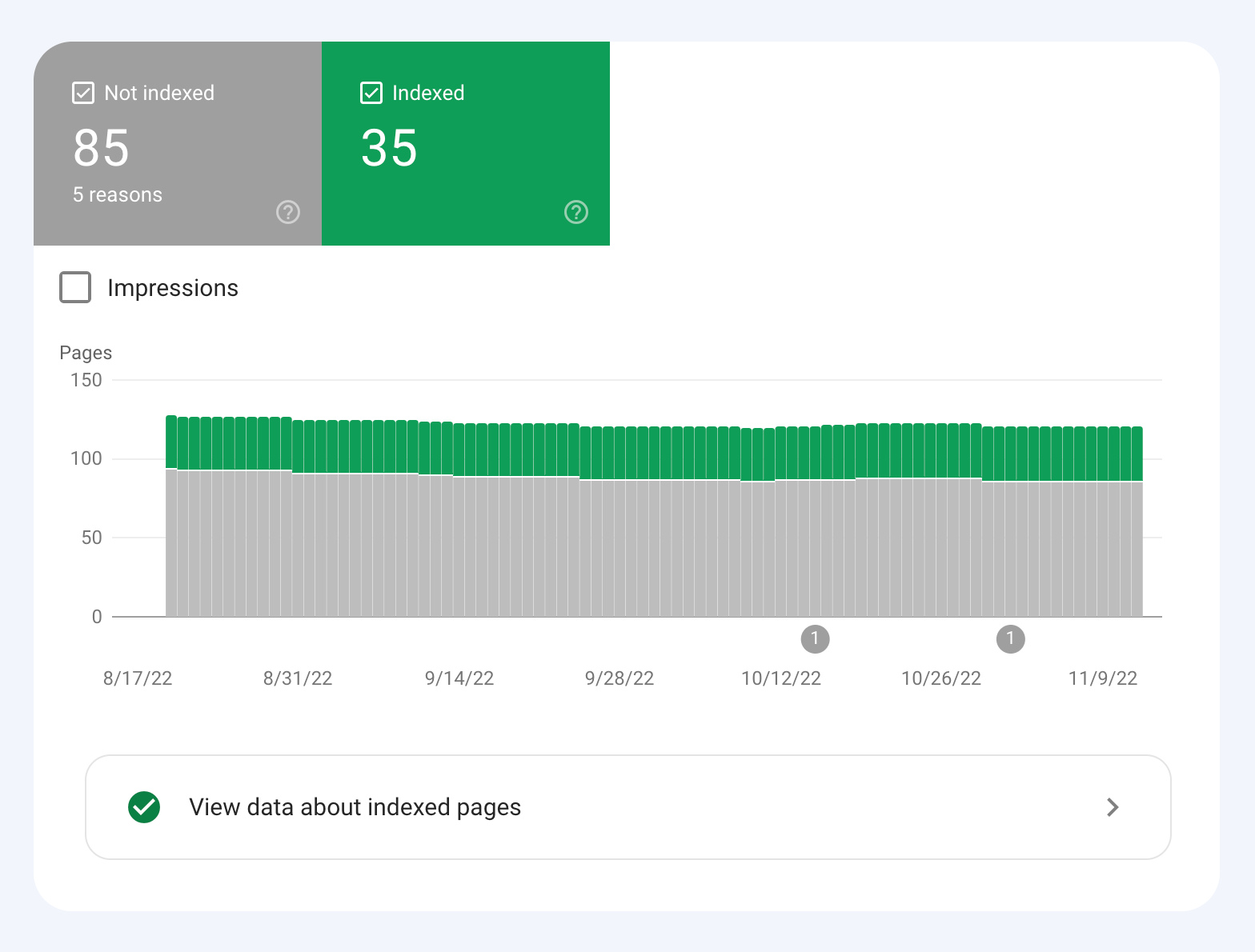The success of your online endeavor lies in your website’s health, a significant yet unnoticed player in the digital sphere. Imagine your website as an organism that needs continuous monitoring to remain healthy and fit.
In a digital era where visibility determines everything, understanding the importance of these checkups is crucial. Staying ahead is no longer sufficient in this regard – the goal is to keep the site in proper functioning condition.
As per SEMrush, an SEO audit is vital in optimizing a site for search engines, thereby improving one’s online presence. Come with us as we unfold the mystery of what makes this the key ingredient to an evergreen web existence, making your website visible, vibrant, and robust.
What is an SEO Audit?
An SEO audit can be seen as a routine health check for your website in the complex world of online exposure. Think of it as a virtual visit to the doctor’s office.
Thus, it’s essential for us to dissect the core of this vital process and investigate its main components by carefully studying them. Let’s review the details to understand how it helps keep your website in optimal condition.
This year, Google has received 943 billion searches, highlighting the significance of an optimized online presence amid this vast search landscape. Think of it as a diagnostic tool that identifies issues affecting your online visibility and helps you optimize for search engines.
From assessing content quality and keyword effectiveness to examining technical aspects, an SEO audit provides actionable insights to enhance your website’s performance, driving better results in the competitive online landscape.
Source:https://www.semrush.com/blog/seo-audit/
The above figure represents audit dashboard. In this dashboard, pay particular attention to the Site Health Score, which is an overall measure of the SEO health of a website depending on the amount and severity of issues identified.
Following are the ratings for the website health score:
- 0-30: Weak
- 31-70: Fair
- 71-90: Good
- 91-100: Excellent
Why Should You Conduct an SEO Audit?
An SEO audit serves as the compass steering your website through the intricacies of the digital world. This section will uncover why this thorough examination is important.
1. Identifying Performance Gaps
SEO audits serve as a diagnostic tool, methodically identifying where your website may be lacking. It identifies performance gaps with great precision, pinpointing aspects that need to be enhanced—for example, helping reduce the response time required by sites or making them fully accessible on mobiles.
This in-depth analysis looks past external appearances and goes deep into the minutiae that build a robust online presence. The audit provides a strategic map for optimization by identifying weaknesses and giving you insight.
It’s a preventative move that guarantees that not only will your site achieve existing standards, but also, as digital visibility becomes more intricate and complex with the times, it will adapt itself to remain at the cutting edge.
2. Find On-page Issues on Your Website
On-page SEO makes a website’s structure and content better to move up on the search engine ranking list. This also makes it simple for bots to comprehend what a site is about and index its content properly.
With an SEO audit, you can check for the following issues:
- Content: Content is the fundamental core of your website. Check that you are answering your customers’ questions and optimizing them for keywords, helping people find your products or services.
- Broken Links: Talking about links, broken ones are not good for SEO. When doing an audit, look for broken links and change them with the better ones or get rid of them.
- Meta Titles and Descriptions: Each meta title should be between 35 to 70 characters. Towards the start of every sentence, insert a keyword or keyword string. You should keep meta descriptions under 155 characters. Also, add a CTA to the meta description if it fits well.
- Internal Linking: Using internal links helps search engines see how your website is put together and discover new pages Google can rank. It also assists users in moving around your website.
3. Finds Your Backlinks
Google still values backlinks in its algorithm, just like it always has, and we don’t think that will change anytime soon. Your website will rank at the top of SERPs if you have more high-quality backlinks coming back to your website.
A comprehensive SEO audit must answer the questions listed below:
- How many links does my website have coming from other sites?
- How good are those sites that link back to you?
- What websites are linking to my competitor’s site?
While we’re talking about links from other sites, you should never pay to get those. The best way to get links from other websites is by making really good content that others want to share.
4. Strengthening Content Strategy
Source:https://neilpatel.com/blog/content-strategy-a-development-guide/
The essence of online visibility revolves around content – the soul of your digital identity. A well-carried-out SEO audit assesses its quality, relevance, and keywords.
It is like having a navigational tool that takes one through an expedition to discover weaknesses and strengths. Such a meaningful expedition helps you rethink your content approach; it helps you write content that matches users’ expectations and the algorithm of search engines.
The outcome?
An engaging storyline that is in sync with online marketing, compelling your website to be top-ranked by search engines.
5. Mitigating Technical Issues
Beyond the curtain, technical glitches may cast shadows on your website’s performance. An SEO audit meticulously delves into these backstage intricacies, examining elements like site speed, crawling errors, and sitemap accuracy.
Source:https://www.semrush.com/blog/seo-audit/
This graphic illustrates a relationship between the page load time and bounce rate. The longer the time taken for loading, the greater the bounce rate of your website. This may adversely affect your entire SEO efforts.
This comprehensive exploration goes beyond mere detection—it acts as a skilled artisan, meticulously crafting solutions. As you address these technical nuances, you not only ensure a seamless user experience but also lay down a well-paved pathway for improved visibility in the realm of search engines.
Source:https://www.searchenginejournal.com/seo-audit-win-clients-seranking-spa/490051/
Website audit tools enable one to streamline the technical audit process as they present a clear picture of various aspects of this technical element and identify weaknesses that need rectification.
6. Adapting to Algorithm Changes
The ways search engines work are always changing, and staying on top of them is very important. An SEO check works as a smart manager, making changes to stay updated with the new algorithm rules.
Over time, these algorithms keep changing, and the flexible role of audits makes sure strategies stay current and pioneers on the digital trails. Getting your website to work well with search engines is very important for it to be relevant and visible on search engine result pages.
7. Maximizing Return on Investment (ROI)
Every effort aimed at your website should integrate with overall business goals. An SEO audit is a systematic assessment tool that can prove the effective impact of online digital strategies. This, in turn, will help ensure there’s a high ROI on investment made.
This process facilitates the dynamic reallocation of resources, strategically directing them to the most efficient channels, thereby optimizing the entirety of your digital marketing efforts. The analytical insights that come from the audit mean that data-driven decisions can make website activities correspond more precisely to business goals.
Not only do these strategic improvements strengthen the performance evaluation metrics, but they also create an organic amalgamation between digital strategies and overall business goals.
The SEO Audit Process
Source:https://ahrefs.com/blog/seo-audit/
SEO audit helps you travel step-by-step through the different parts of your website. It looks closely at each aspect to improve visibility and performance. Let’s have a look at the list of steps that can help you understand the process of SEO audit better.
Define Objectives and Scope
Make sure you clearly state the goals and aims of an SEO audit, including details on what will be examined. Find out the limits, showing exactly which pages or parts need to be checked.
This very detailed attention ensures a fair judgment on the basis of the unique requirements of your website, creating a more accurate and goal-driven way to improve.
Crawl Your Website
Use SEO crawling tools to look at your website’s structure and its content. These consist of broken links, duplicate content, or crawl issues. A complete search finds any problems stopping it from working at the best level.
Leveraging these tools smartly helps you solve those problems. This keeps your website working well and healthy in today’s online world.
Source:https://www.semrush.com/blog/website-crawler/
The graphic above is a closer look at the crawl report for a website.
On-Page Optimization Analysis
Verify page titles, meta descriptions and header tags for compliance with SEO guidelines. Analyze the content structure, making sure there is logical flow and proper use of header tags.
This meticulous scrutiny makes sure that the most important elements involved in search engine optimization are all optimized, raising your content to a superior level of visibility and performance online.
Source:https://ahrefs.com/blog/seo-audit/
For example, in the picture above, on-page elements were searched for via Ahrefs. Ahrefs, in turn, provided the website’s on-page issues. The illustration shows the website has 724 pages with empty or missing title tags and meta descriptions. In addition, on 9277 pages, the H1 tag is empty or missing. These can help you to resolve problems while following SEO best practices.
Technical SEO Evaluation
To enhance the user experience, closely inspect site speed. Check for device compatibility and responsive design. This comprehensive evaluation guarantees that your web pages load quickly to meet user expectations and run smoothly across a variety of devices so visitors enjoy an optimum digital experience.
Source:https://www.semrush.com/blog/seo-audit/
Check if your website is mobile-friendly or not. As per Google, mobile friendliness is one of the main page experience signals. On Google Search Console, you can view the pages that are not usable on mobile, as shown in the above picture. You can go through the issues of the affected pages and make the relevant changes so they are easily accessible on mobile devices.
Content Quality and Relevance
Assess the quality and relevance of current content. Check that keywords and their density are consistent with effective SEO methodology. With this painstaking assessment, your content will not only satisfy the standards of quality and relevance but also be properly optimized with appropriate keywords; creating a powerful digital image.
Backlink Profile Examination
Source:https://www.freepik.com/search?format=search&query=backlink%20analysis
Analyze the quality and relevance of backlinks. Explore anchor text diversity to gain a natural linking profile. This rigorous checkup guarantees not only that your backlinks are of high quality and relevance but also establishes a diversified natural link structure.
With the help of a balanced and comprehensive anchor text portfolio on your website, it acquires more credibility in search engines ‘estimates. This means better rankings that contribute to higher Google organic traffic.
User Experience (UX) Assessment
Review website navigation and accessibility. Test the effectiveness of call-to-action (CTA) design elements to encourage user participation.
The comprehensive analysis and operation make it very accessible for users to visit your website or find information.
Effective CTAs not only enhance the user experience; they also increase users ‘chance of interaction with them, which leads to greater conversions and overall site efficiency.
Indexing and Crawling Check
Verify whether your site’s sitemap exists and is correct. Check robots.txt to make sure search engines crawlers get proper access control.
As a result, your website’s sitemap not only shows up and is accurate, but the robots.txt file also regulates access so that search engine crawlers can navigate through and index your site effectively.
Source:https://www.semrush.com/blog/seo-audit/
Check whether your pages are indexed or not via Google Search Console. Go to the “Pages” report under “Index” in the left menu. Here, you can see the graph of all pages grouped according to whether or not they are indexed. Also keep in mind that not all pages need to be indexed, only the ones you want to show up on search results.
Local SEO (if applicable)
Check local citations for consistency and accuracy. Make the Google My Business profile complete and accurate.
A detailed audit examines the uniformity and accuracy of existing references to your business in different areas, making sure that online directory listings present an accurate portrayal.
At the same time, optimizing Google My Business profile ensures that it is comprehensive and accurate to build a robust local SEO plan.
Generate Reports and Recommendations
Write up an in-depth audit report to bring together all the results of the investigation. The insights you gather will naturally transform into specific plans for improvement as long as solutions are presented to resolve any problems discovered.
The following major phase of the SEO audit is to collate all data gathered in inspection and, thereafter, present it coherently. These reports not only highlight problems but are also a guide to putting things in place and fine-tuning your website according to SEO standards.
Implement Changes
Identify and fix any problems the audit reveals, and gradually tweak your site to align with SEO best practices and recommendations. This phase represents the large-scale application of the insights gained. At this stage, improvements are made to the various elements highlighted in your audit plan.
With careful adjustments, you not only eliminate problems as they arise but also improve search engine visibility and performance, allowing your website to adapt to the digital age.
Conclusion
In the complex web of the digital landscape, the importance of an SEO audit emerges as a guiding light, revealing the nuanced facets that determine online success. It transcends mere diagnostics, becoming a strategic imperative for businesses navigating the dynamic realms of search engine rankings and user experience.
Through this meticulous examination, websites not only address existing issues but sculpt a pathway to enhanced visibility, relevance, and sustained growth.
SEO audits aren’t just a choice; they’re your compass in the dynamic digital landscape, aligning your journey with evolving trends for meaningful resonance in the competitive online arena.
